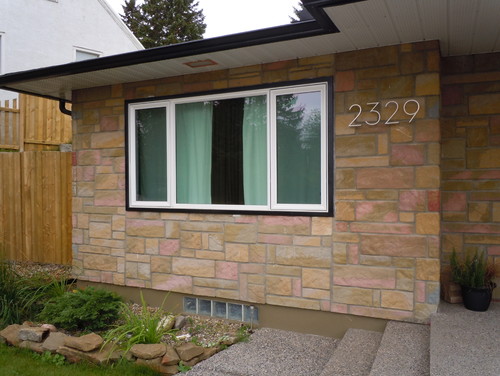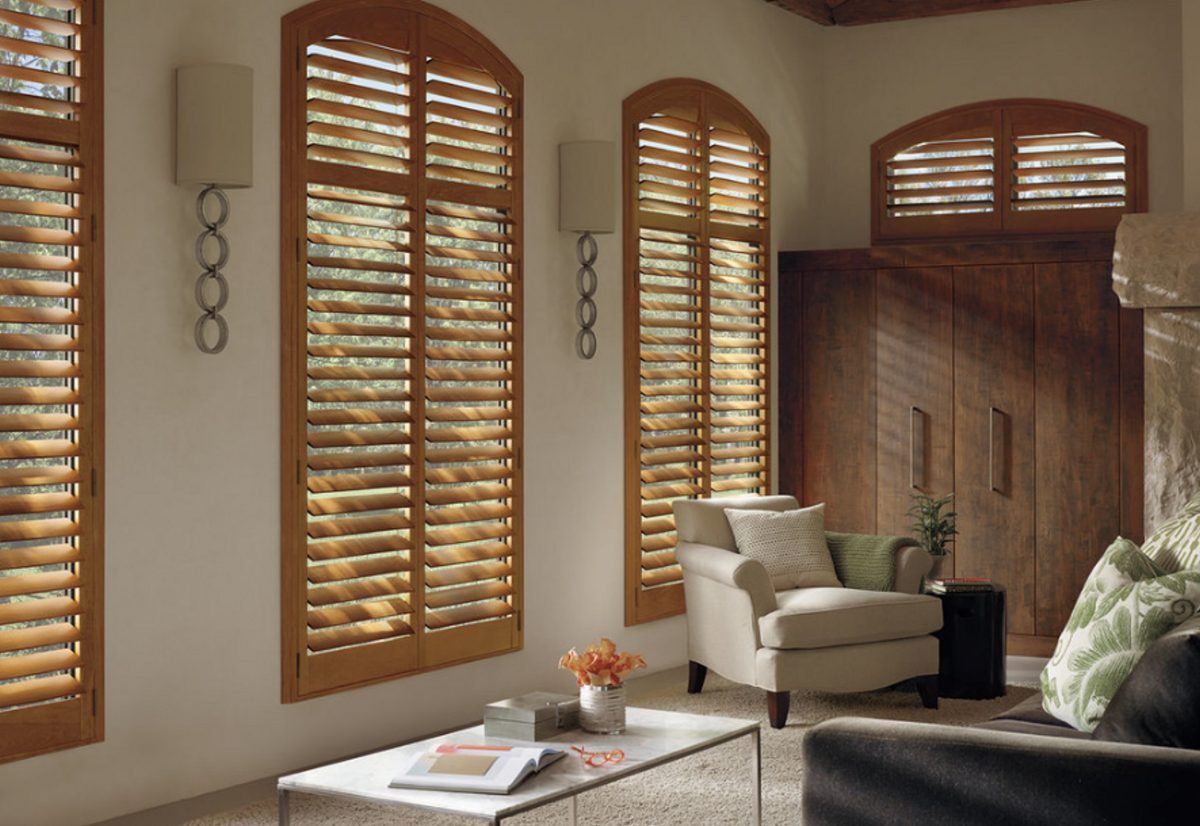Replacing your old windows with modern double-paned vinyl windows can help improve the appearance of your home, cut down noise levels, and lower your heating and cooling costs Not long time ago vinyl windows were considered a less-than-ideal choice for replacement windows.

Find the perfect window product on Houzz
But advances in design plus improvements in the formulation of polyvinyl chloride (PVC) have made vinyl windows a high-quality product that competes favorably with wood.
However, vinyl windows have always had some advantages over aluminum and steel.
- PVC is a nonconductor of heat.
- Vinyl window design adds greatly to the beauty of house.
- The PVC window frame is hollow, built with multiple chambers to add strength.
- Those chambers also trap air and thereby slow heat transfer (a great insulating value).
- Good quality vinyl windows are nearly equal to wood windows in their overall insulating value.
Vinyl windows come in a wide variety of styles, including single- and double-hung, horizontal sliding, casement, awning and hopper. Sliding patio doors are also available. The color is part of the PVC formula, so vinyl windows never have to be painted. Most come in white and almond, some with wood-grain overlays inside.
If your house has older wood double-hung windows, vinyl is a good replacement choice and a reasonably easy do-it-yourself project.
Unlike full-frame windows, which are designed for new construction, replacement windows are made to fit into existing window openings. You don’t have to remove your old windows entirely, because vinyl replacement windows are made to fit in the sash opening.
Replacing those old windows is an easy and rewarding task for any homeowner who is comfortable using tools. Requires a fair amount of carpentry skills and home-remodeling experience; installation is greatly simplified if window is on ground floor and easily accessible from outside.
Benefits and Tips of Impact-Resistant Windows (howtobuildahouseblog.com)
Tools:
Pry bar; utility knife; flat-head screwdriver; level; hammer; nails &screws;
Wooden shims; polyurethane caulking; window trim; miter box saw.
Steps:
1. Removing the old windows and preparing the frame:
If you remove an old aluminum window, use a flat-head screwdriver and pry bar to lift and pull the nails holding the aluminum window in place within the window opening. With all the nails removed, lift the old window out of the opening and set it.
If you want to replace double hung wood windows, the job will be more difficult, because you need to remove the first and the second sash. There’s a divider strip between the two sashes which is usually stuck in tightly. This will easily come out with a smack on well placed chisel.
Cut away caulk from around the window. Scrape away any loose paint or wood.
Inspect and, if necessary, repair the wooden window frame inside the window opening.
2. Installing new vinyl windows:
Measurement: The most important part of the installation procedure comes before you even have your windows. It is critical that you measure your old window opening properly and accurately. Vinyl windows are custom-built and can’t be returned if they don’t fit.
a) Measure jamb to jamb in three places – choose the smallest of the three measurements.
b) Measure the height in three places – choose the smallest of the three measurements.
c) Check the frame if is square by measuring the diagonals from corner to corner. The two dimensions should be the same. If the frame is out of square by 1/4 inch or so, don’t worry; the replacement can be shimmed to fit. d) Anything more may require adjustments to the frame.
Insert the new vinyl window:
a) Position the replacement window in the window opening. Use wooden shims to level the window within the opening. Tack the shims in place and remove the window. Set the window aside.
b) Run a generous bead of polyurethane caulking along the edges of the window frame. Polyurethane foam is more effective at blocking air than fiberglass insulation. Make sure to use only low-pressure, minimally expanding foam intended for windows and doors; anything else will bow the frames and keep the sash from working.
c) Caulk the opening by applying an elastomeric caulk to the exposed inner face of the exterior casings or to the blind stops on the top and sides of the frame. Also apply two continuous beads of caulk along the windowsill.
d) Position the new window inside the window frame; the polyurethane caulking will create a tight seal around the new window. Refer to the manufacturer’s instructions regarding the size and type of fastener recommended for the particular window you are installing. Fasten the window in place with nails or screws driven through the prefabricated nail slots along the nail fin.
e) Go inside and check the window to make sure it operates properly.
Then go back outside and run a narrow bead of caulking all around the window to seal the gap at the outside stop.
Re-install the old or new strips of molding on the interior side of the window:


